Have you ever wondered what life was like two centuries ago? The year 1825 marked a fascinating period in history—the Industrial Revolution was gaining momentum, transportation was evolving beyond horse-drawn carriages, and daily life moved at a dramatically different pace. While we can’t actually time travel, certain historical sites have been meticulously preserved to offer authentic glimpses into this bygone era.
Here is a list of 20 destinations where you can experience life as it was in 1825, complete with period architecture, traditional crafts, and immersive historical environments.
Colonial Williamsburg, Virginia

Colonial Williamsburg stands as America’s largest living history museum, spanning 301 acres with 88 original 18th-century structures. Costumed interpreters demonstrate traditional crafts like blacksmithing, weaving, and printing using techniques common in the early 19th century.
Visitors can watch political debates, participate in court proceedings, and even dine on authentic colonial fare prepared using historical recipes and cooking methods.
Old Sturbridge Village, Massachusetts
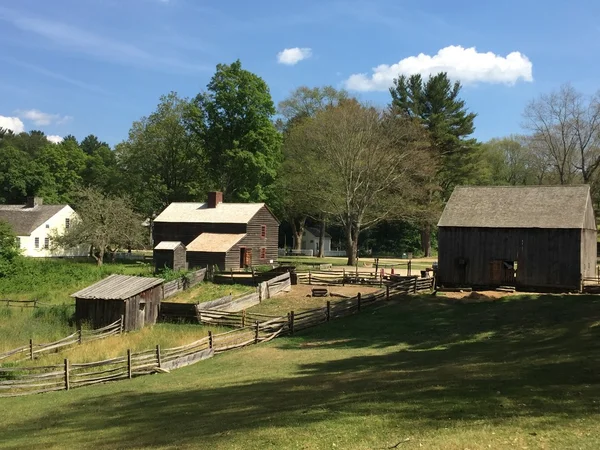
This rural New England living museum recreates life in an 1830s village, just a few years after our target date. More than 40 original buildings, including homes, meetinghouses, and a working farm, have been relocated to create an authentic early American community.
Skilled artisans demonstrate forgotten trades like tinsmithing, coopering, and pottery-making using the same tools and techniques from two centuries ago.
Like Travel Pug’s content? Follow us on MSN.
Fortress of Louisbourg, Nova Scotia
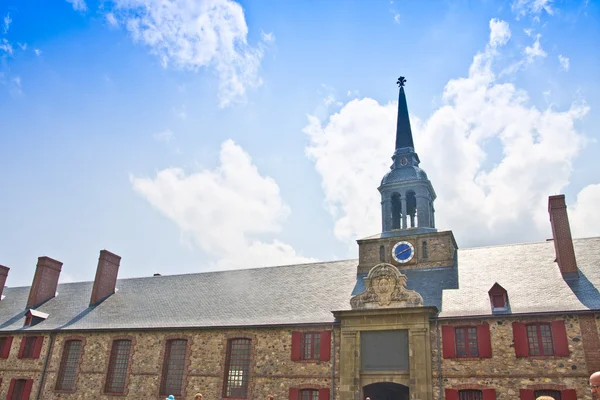
This massive French fortress reconstruction represents North America’s largest historical reconstruction, built using traditional 18th-century methods. One-quarter of the original fortress has been rebuilt using more than 750,000 stones, creating an immersive coastal military installation.
The site features costumed interpreters living as soldiers, merchants, and townsfolk, demonstrating everything from military drills to early 1800s food preparation.
Mystic Seaport, Connecticut
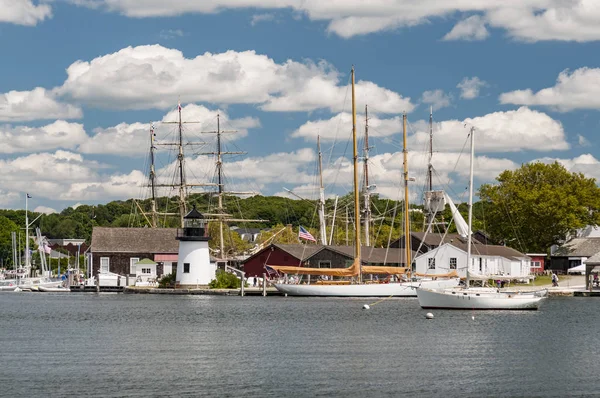
Mystic recreates a coastal New England maritime village from the 1800s, complete with tall ships you can board and explore. The Charles W. Morgan, America’s oldest commercial ship still afloat, serves as the centerpiece of this living museum.
Shipwrights, coopers, and other maritime craftspeople demonstrate traditional skills that would have been common in 1825-era harbor towns.
Sovereign Hill, Australia
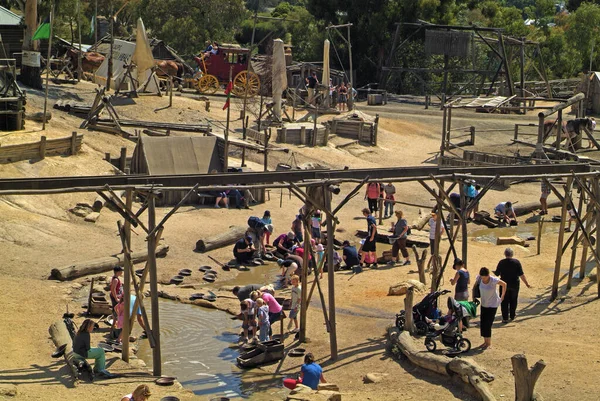
This open-air museum in Ballarat recreates the Australian gold rush era with astonishing attention to detail. Though representing a slightly later period, many aspects of life remained unchanged from 1825, particularly in this frontier setting.
Visitors can pan for real gold, descend into a recreated mine, or witness a traditional gold pour where molten gold becomes a solid ingot.
Like Travel Pug’s content? Follow us on MSN.
New Lanark, Scotland
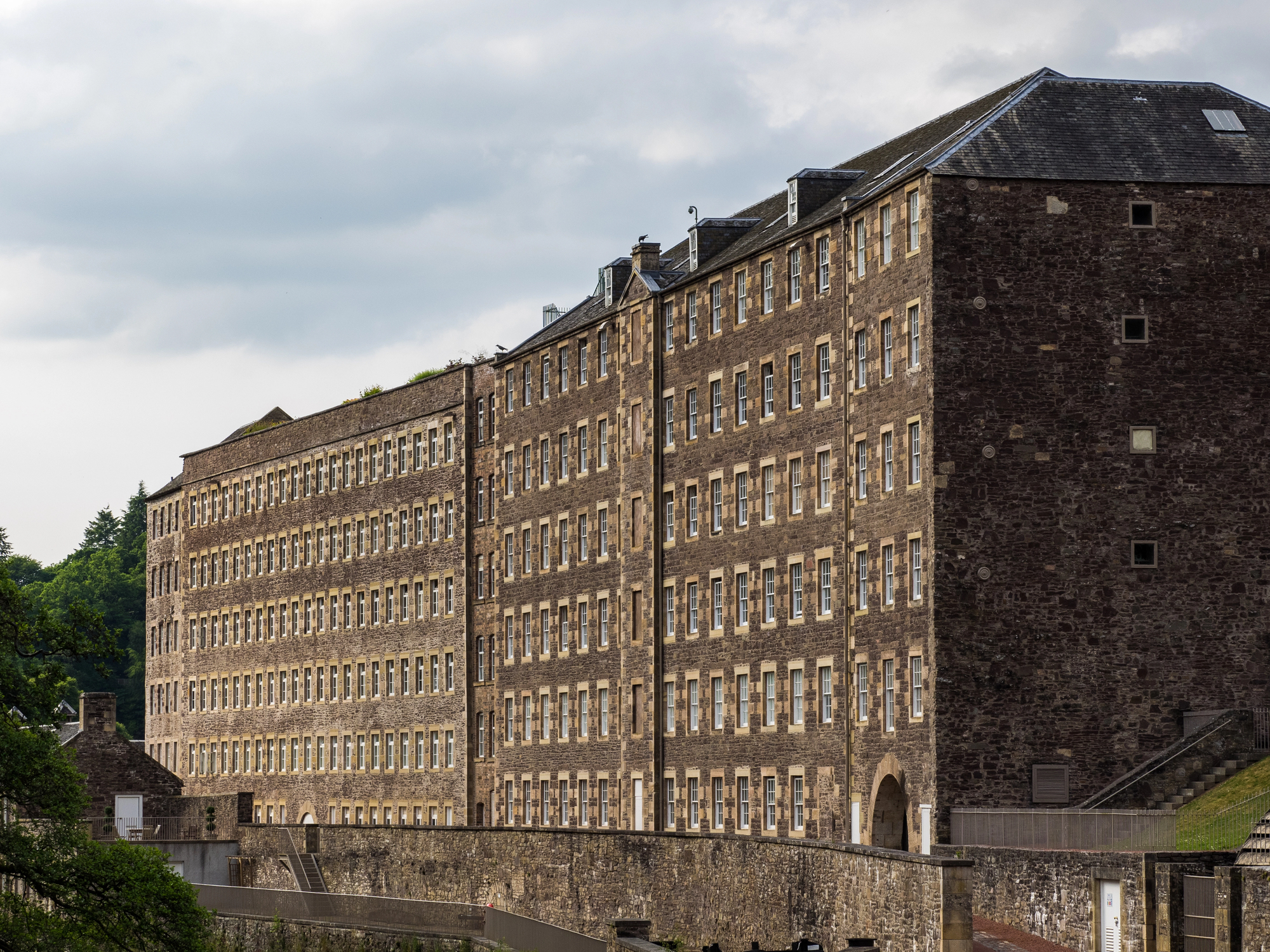
This remarkably preserved industrial community showcases one of the earliest examples of planned industrial towns. Established in 1786, the cotton mills and worker housing remain largely as they were in the early 19th century.
Visitors experience the revolutionary social and educational reforms implemented by Robert Owen, whose ideas about worker welfare were radically progressive for 1825.
Historic Richmond Town, New York

This Staten Island living history village features more than 30 original structures dating from the late 17th to early 19th centuries. The site preserves buildings from across Staten Island, creating a composite town that represents life during America’s early years.
Demonstrations of traditional cooking, crafts, and agriculture occur regularly throughout the restored homes, farms, and workshops.
Greenfield Village, Michigan
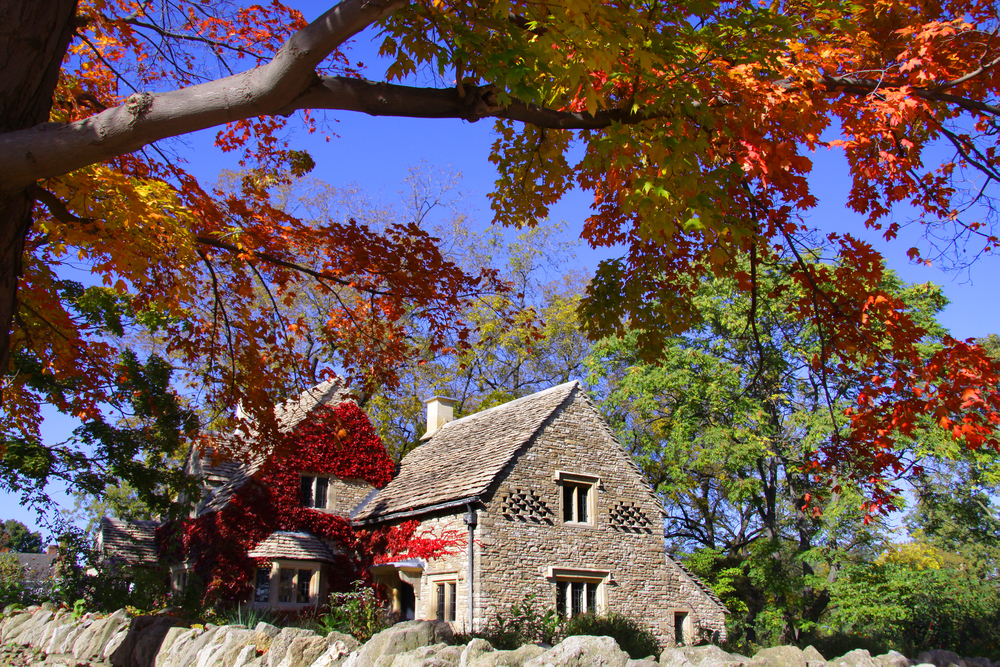
Though established by Henry Ford in the 1930s, this collection of historic buildings creates a composite American town from the 19th century. The village includes Thomas Edison’s Menlo Park laboratory, the Wright Brothers’ bicycle shop, and numerous other significant structures.
Authentic steam locomotives, horse-drawn carriages, and Model T rides help visitors experience transportation as it evolved since 1825.
Like Travel Pug’s content? Follow us on MSN.
Upper Canada Village, Ontario
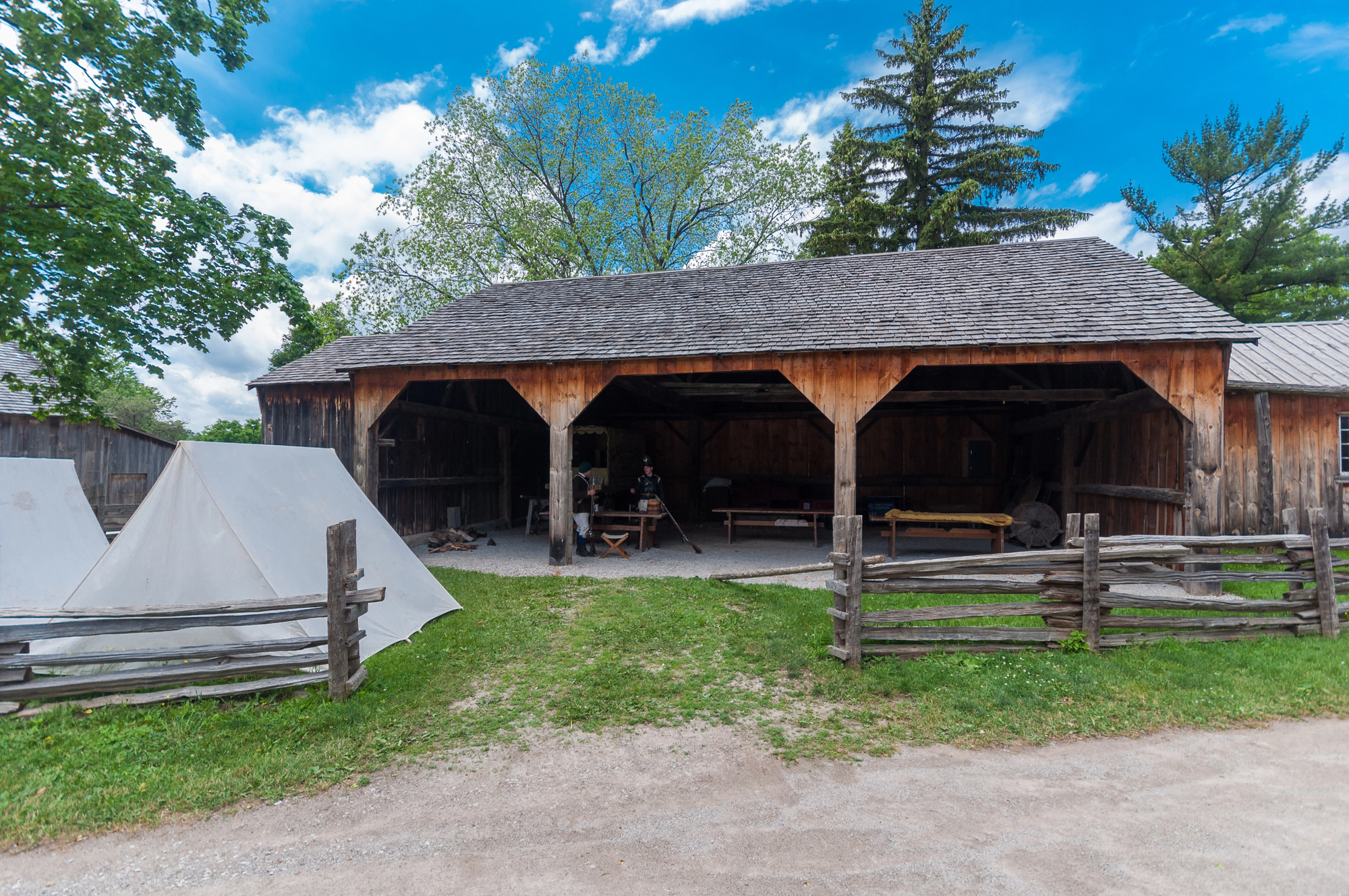
This extensively researched recreation depicts life in a rural English Canadian settlement during the 1860s, with many aspects reflecting continuity from 1825. More than 40 historical buildings create an immersive environment where visitors witness everything from flour milling to wool production.
The working farms, mills, and trades provide insight into the self-sufficiency required of early Canadian settlements.
Plimoth Patuxet, Massachusetts

While primarily focused on the 1620s Plymouth Colony, sections of this living history museum demonstrate the evolution of colonial life into the early 19th century. The Craft Center showcases traditional crafts that remained largely unchanged between the colonial period and 1825.
The working waterfront demonstrates shipbuilding and maritime trades that would have been familiar to residents of 1825 New England.
Old Salem, North Carolina
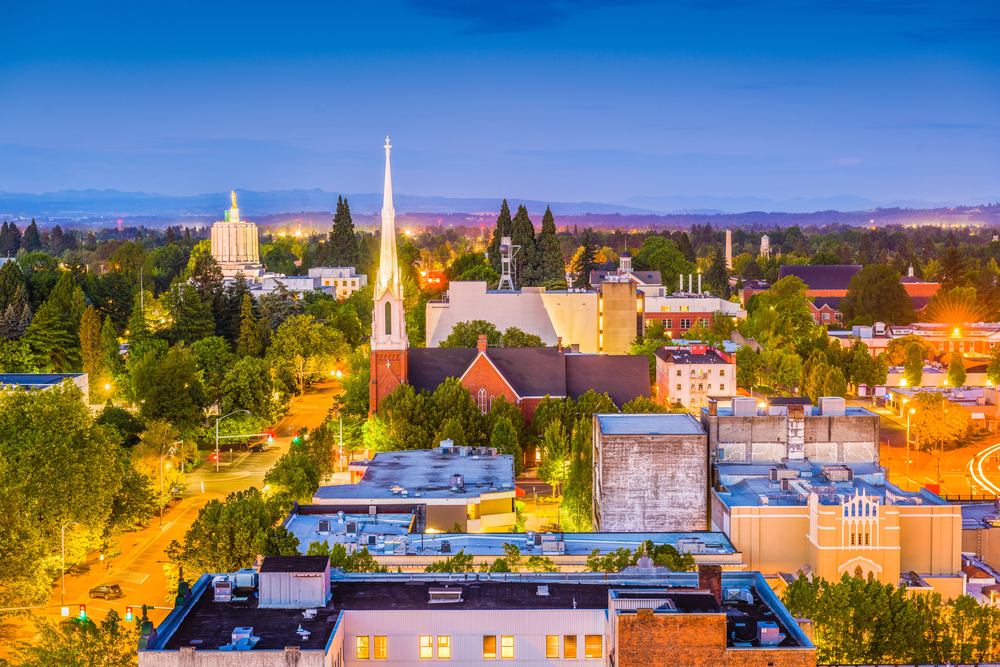
This meticulously preserved Moravian community features more than 20 original structures dating from 1766 through the mid-19th century. The religious community’s distinctive architecture, gardens, and craft traditions offer insight into a unique aspect of early American life.
Interpreters demonstrate traditional Moravian cooking, baking, and crafts using recipes and techniques passed down through generations.
Like Travel Pug’s content? Follow us on MSN.
Morristown National Historical Park, New Jersey
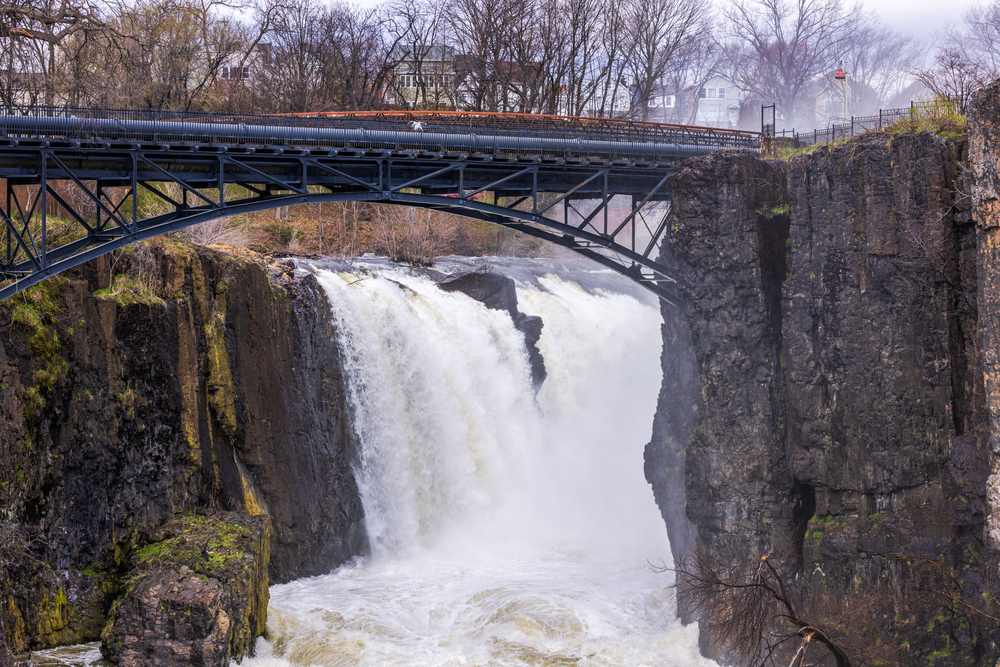
While famous for its Revolutionary War connections, this park preserves numerous structures that remained essentially unchanged into the 1825 era. The Ford Mansion and surrounding properties demonstrate the living conditions of wealthy merchants and professionals in the early republic.
The restored gardens showcase horticultural practices common during the early 19th century.
Skansen Open-Air Museum, Sweden
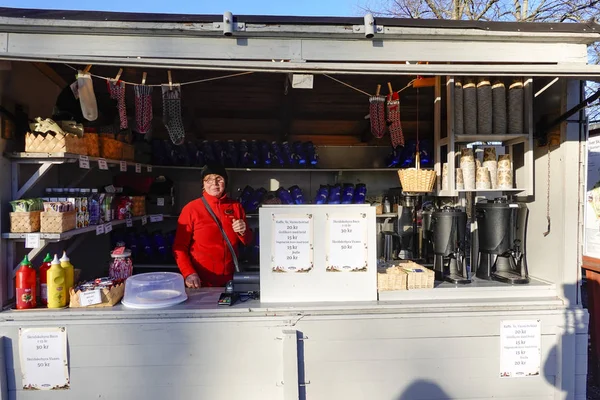
As the world’s first open-air museum, Skansen preserves buildings from across Sweden, many dating to the early 19th century. The 75-acre site features homes, workshops, and farms relocated from various Swedish provinces to preserve traditional rural life.
Craftspeople and interpreters demonstrate glassblowing, pottery, silversmithing, and other trades using techniques common in 1825.
Beamish Museum, England
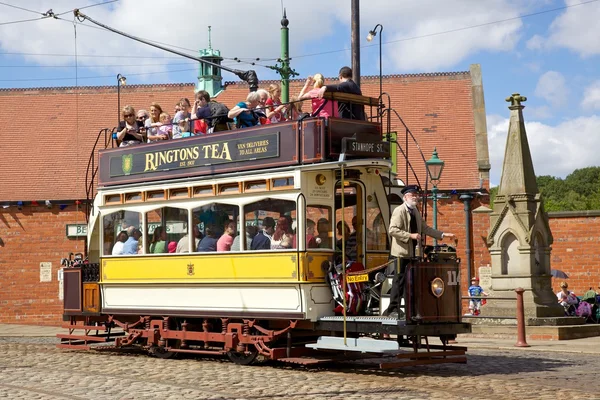
This living museum in County Durham recreates everyday life in Northern England during key historical periods. The 1820s area features a recreated town with shops, homes, and workplaces staffed by costumed interpreters.
Visitors can ride in authentic horse-drawn vehicles and experience the daily routines of people living in northeastern England during the early industrial revolution.
Like Travel Pug’s content? Follow us on MSN.
Conner Prairie, Indiana

This living history museum depicts life in Indiana during the 1830s, just after our target date, but remarkably similar in most respects. The Pioneer Village represents an 1836 frontier community where visitors can participate in household chores, agricultural tasks, and traditional crafts.
The Lenape Indian Camp provides perspective on Native American life during this transitional period in American history.
Fort Snelling, Minnesota
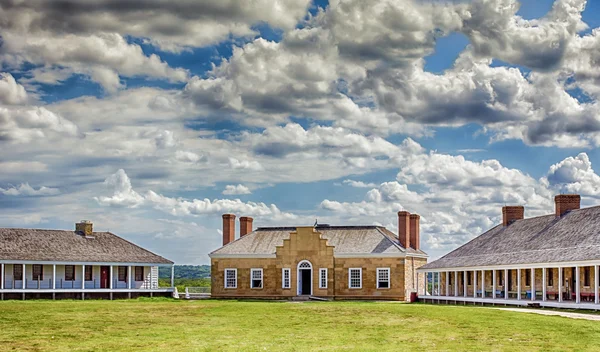
This restored 1820s military outpost stands at the confluence of the Minnesota and Mississippi Rivers. Soldiers in period uniforms demonstrate military drills, weaponry, and daily life at this frontier fort built to secure American interests in the fur trade.
The fort’s recreated gardens, blacksmith shop, and quarters offer insight into military life during America’s westward expansion.
Genesee Country Village, New York
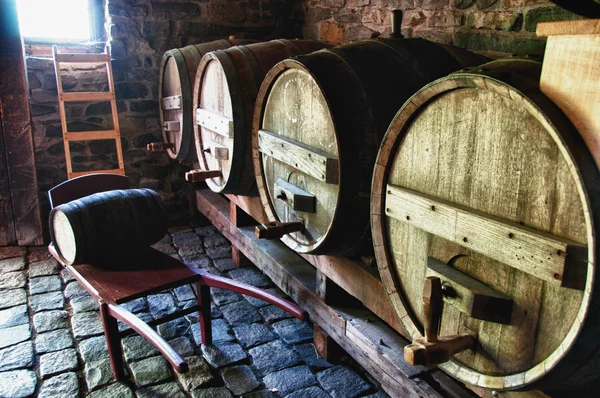
With 68 historic buildings arranged in chronological neighborhoods, this museum shows the evolution of Western New York from the late 18th to the late 19th centuries. The middle village area specifically represents the 1825-1860 period with appropriate architecture and activities.
Craftspeople demonstrate tinsmithing, printing, pottery-making, and other trades essential to community life in 1825.
Like Travel Pug’s content? Follow us on MSN.
Historic Deerfield, Massachusetts
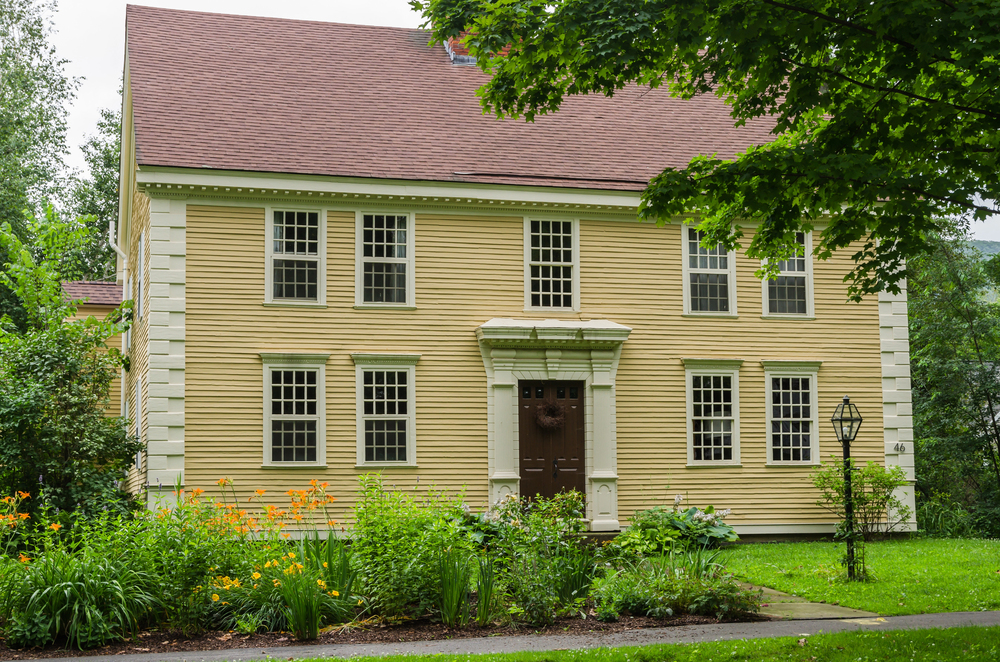
This remarkably preserved New England village features 12 antique houses dating from 1730 to 1850, displayed with their original furnishings. The site offers an authentic glimpse of rural New England architecture and domestic life during the early 19th century.
The extensive collections of American decorative arts include furniture, textiles, and household goods used by residents around 1825.
Fort Vancouver, Washington
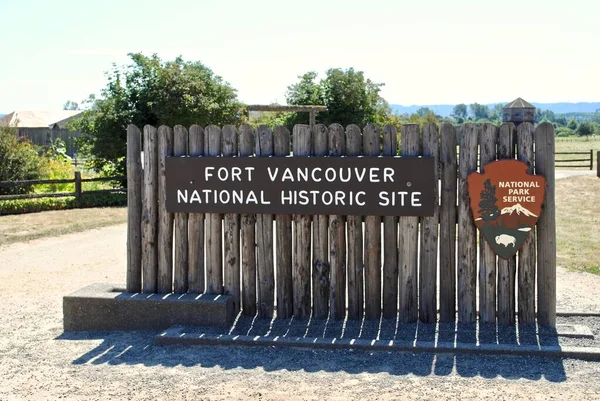
This reconstructed fur trading post represents the Hudson’s Bay Company’s headquarters in the Pacific Northwest during the 1840s, with many aspects reflective of 1825 frontier conditions. The fort’s blacksmith shop, carpenter shop, and bakery operate using traditional methods and tools.
Living history demonstrations showcase the diverse community of Europeans, Hawaiians, and Native Americans who lived and worked at this remote outpost.
Colonial Pemaquid, Maine
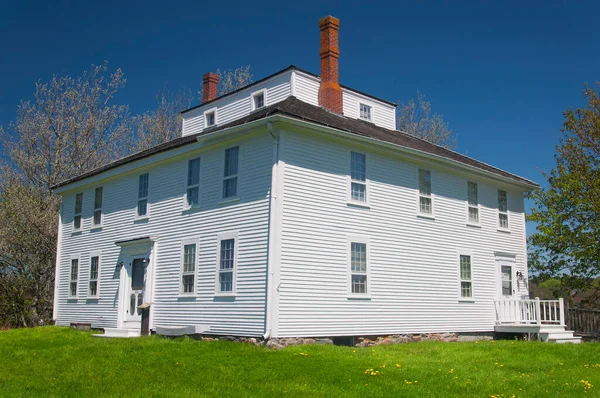
This archaeological and historic site features reconstructions of early structures on their original foundations. The Fort House, built in 1729, demonstrates domestic life that remained largely unchanged into the 1825 era.
Nearby archaeological remains of early settlements provide insight into coastal New England’s evolution from the colonial period through the early 19th century.
Like Travel Pug’s content? Follow us on MSN.
Timeless Windows to Our Past

These preserved and reconstructed sites offer more than just buildings—they provide immersive connections to daily experiences from two centuries ago. Visiting these locations allows us to understand our ancestors’ challenges, ingenuity, and daily routines in ways history books alone cannot convey.
The technological simplicity of 1825 reminds us how dramatically our lives have changed, while the human elements—community, craftsmanship, and cultural expression—remain fundamentally familiar across the centuries.
More from Travel Pug

- Cities Growing so Fast You Won’t Recognize Them in 10 Years
- 13 Destinations Where Tourists Regularly Regret Their Trip
- 16 U.S. Cities That Are Quietly Becoming Travel Hotspots
- Where to Travel If You Love Long Bus Rides and Daydreams
- 20 Cities Perfect for Solo Travelers Who Crave Adventure & Culture
Like Travel Pug’s content? Follow us on MSN.
